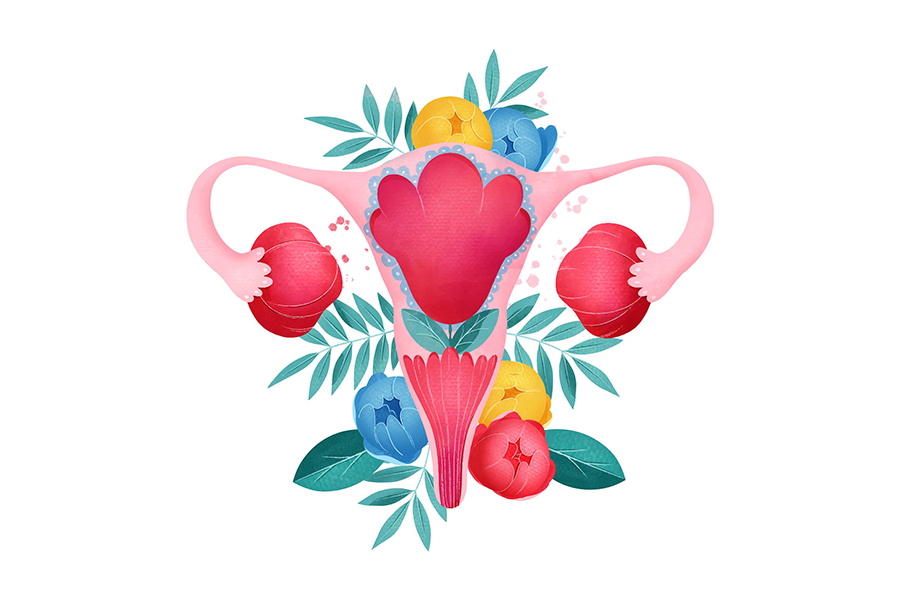
A Paradigm Shift: The Ovary as a Living Ecosystem

A major new study published in Science has reshaped how researchers think about the ovary — not as a simple storehouse of eggs, but as a living ecosystem. Using advanced 3D imaging and single-cell genetic mapping, scientists revealed that eggs depend on a rich community of surrounding cells, nerves, and blood vessels that work together to support healthy development. When this delicate ecosystem falters, the eggs themselves may still be perfectly fine — yet they can’t grow or mature properly. In other words, the problem isn’t always the egg, but the environment around it.
Most Women with POI Still Have Follicles — The Key Lies in Function
This new concept of an ovarian ecosystem powerfully echoes what the NIH Intramural Research Program (IRP) team has learned through years of dedicated study on primary ovarian insufficiency (POI). Their groundbreaking work found that most women with POI still have follicles — the tiny structures that contain immature eggs — inside their ovaries. The challenge lies in how those follicles function.
In many cases, the follicles undergo premature luteinization — they start acting as if ovulation has already happened before the egg has fully matured. This disrupts both hormone balance and fertility. It’s a sign that the ovarian “ecosystem” has lost its normal rhythm of communication.
Together, the Science study and NIH discoveries point toward a hopeful new direction: by repairing or rejuvenating the follicular environment, it may be possible to reactivate healthy eggs and restore hormone balance — even in women once told their ovaries had “failed.”
The Conover Foundation continues to advocate for this cause through the My28Days initiative — championing more research into how to:
- Support the ovarian microenvironment that nourishes follicle growth
- Prevent premature luteinization and loss of hormonal coordination
- Unlock the regenerative potential of follicles that remain dormant
As science reveals more about the ovarian ecosystem, a new truth is emerging: there is still hope in the ovary. With continued research and compassion, that hope can be turned into healing.
For full study from Science see:




